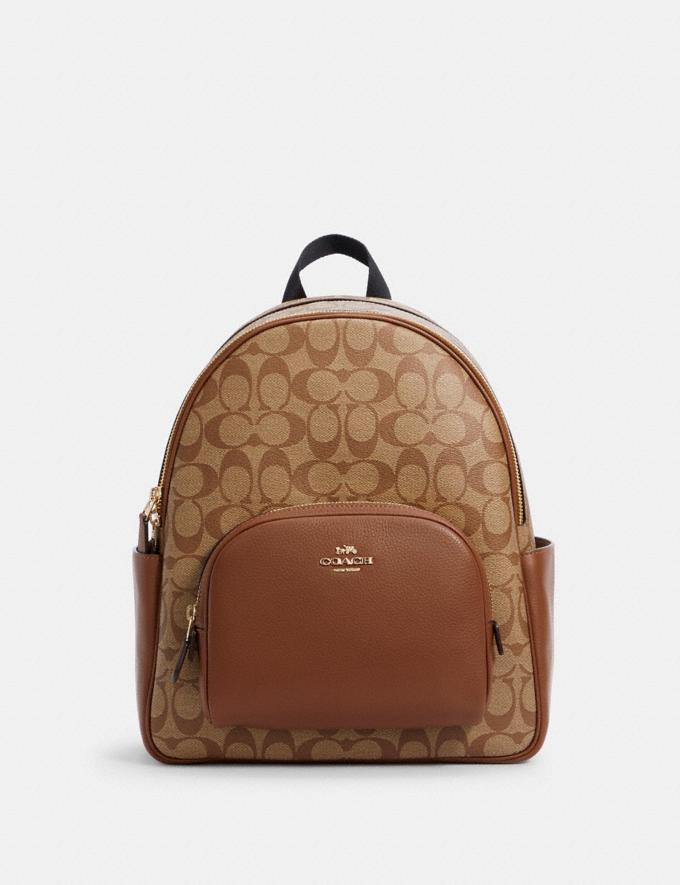Disney X Coach Mini Camera Bag With Tiana – COACH® Outlet
Refined pebble leather. Two credit card slots. Inside multifunction pocket. Zip closure, fabric lining. Outside open pocket. Adjustable strap with 23″ drop for shoulder or crossbody wear.
- Refined pebble leather
- Two credit card slots
- Inside multifunction pocket
- Zip closure, fabric lining
- Outside open pocket
- Adjustable strap with 23″ drop for shoulder or crossbody wear
- 7 1/4″ (L) x 5 1/4″ (H) x 2″ (H)
- Disney x Coach
- ©Disney
- Style No. C3405
Additional information
| Dimensions | 7 1/4" (L) x 5 1/4" (H) x 2" (H) |
|---|






by Lisa
This bag is even more gorgeous in person and I absolutely love it! Tiana is beautiful and she has glittery details on her that you don’t really notice on the website. The bag is also soooo soft and just so cute. I just love it!!